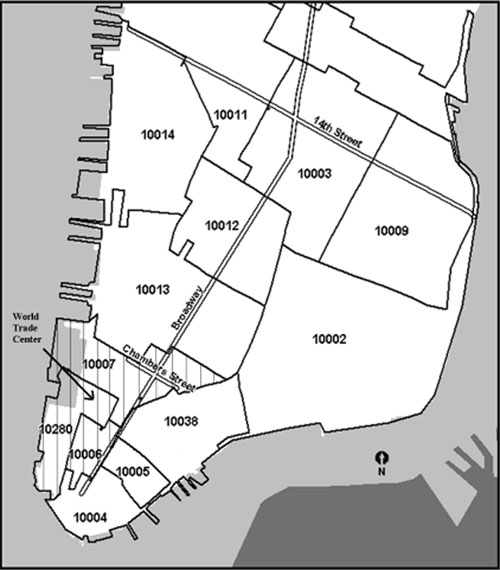

Like its neighbor Forest Hills, Rego Park has long had a significant Jewish population, most of which have Georgian and Russian Jewish ancestors, with a number of synagogues and kosher restaurants. Based on this calculation, as of 2018, Rego Park and Forest Hills is considered to be high-income relative to the rest of the city and not gentrifying. Rent burden, or the percentage of residents who have difficulty paying their rent, is 50% in Rego Park and Forest Hills, lower than the boroughwide and citywide rates of 53% and 51% respectively. One in seventeen residents (6%) were unemployed, compared to 8% in Queens and 9% in New York City. In 2018, an estimated 26% of Rego Park and Forest Hills residents lived in poverty, compared to 19% in all of Queens and 20% in all of New York City. : 2Īs of 2017, the median household income in Community Board 4 was $75,447. The ratio of young and college-aged residents was lower, at 16% and 5% respectively. 84) Most inhabitants are middle-aged and elderly adults: 31% are between the ages of 25–44, 28% between 45 and 64, and 19% over 64. : 2, 20 This is higher than the median life expectancy of 81.2 for all New York City neighborhoods.

The entirety of Community Board 6, which comprises Rego Park and Forest Hills, had 115,119 inhabitants as of NYC Health's 2018 Community Health Profile, with an average life expectancy of 85.4 years. Hispanic or Latino of any race were 16.6% (4,682) of the population. Covering an area of 455.74 acres (184.43 ha), the neighborhood had a population density of 62.0 inhabitants per acre (39,700/sq mi 15,300/km 2). Demographics īased on data from the 2010 United States census, the population of Rego Park was 28,260, a decrease of 1,144 (3.9%) from the 29,404 counted in 2000. A similar fire had decimated the same block in 1959. After the fire, until the new library was built, the community was served by a mobile " Bookmobile" library which parked under the LIRR tracks on 63rd Drive. A new library eventually opened across the street (on the former site of the Shell gas station). The library caved in before flames could damage the electrical wires lining the railroad. Firefighters scrambled to keep the windswept flames from reaching an apartment house behind the stores, a new Key Food supermarket across Austin Street, or the Shell gas station just across the drive. The blistering "Rego Park Inferno" reportedly started in the second store on the block from Austin Street, a shoe store, and quickly spread with the gusting winds to neighboring stores, including a television repair shop, toy store, pet shop and a pioneering Indian restaurant, and finally, the library, where row upon row of oily books and wooden shelves sent flames high into the sky and up the embankment of the railroad. The short block of 63rd Drive between Austin Street and the Long Island Railroad overpass was the scene of a fire in February 1972 that claimed a row of stores and the neighborhood library. The subway extension was concurrent with the Real Good Construction Company's completion of apartment buildings near Queens Boulevard and one-family homes throughout the rest of the neighborhood. In 1930, the Independent Subway System began work on eight IND Queens Boulevard Line stations in the area, at a cost of $5 million. Stores were built in 1926 on Queens Boulevard and 63rd Drive, and apartment buildings were built in 1927–1928. The company built 525 eight-room houses costing $8,000 each. "Rego" comes from the first two letters of the first two words of the company's name. The settlement was renamed Rego Park after the Real Good Construction Company, which began development of the area in 1925. The original Dutch, English, and German farmers sold their produce in Manhattan by the end of the 19th century, though, Chinese farmers moved in and sold their goods exclusively to Chinatown. The area turned out to be good for farming, the colonists cultivated hay, straw, rye, corn, oats, and vegetables.

The colonists also founded the Whitepot School, which operated until the late 19th century. The Remsen family created a burial ground, which is still located on Alderton Street near Metropolitan Avenue. Whitepot is believed to be so named because Dutch settlers named the area "Whiteput", or "hollow creek" later, English settlers Anglicized the name. By 1653, though, English and Dutch farmers moved into the area and founded a community called Whitepot, which was a part of the Township of Newtown. Possibly inhabited by members of the Canarsee band. Rego Park is built on lands originally part of the Leni Lenape Nation.


 0 kommentar(er)
0 kommentar(er)
